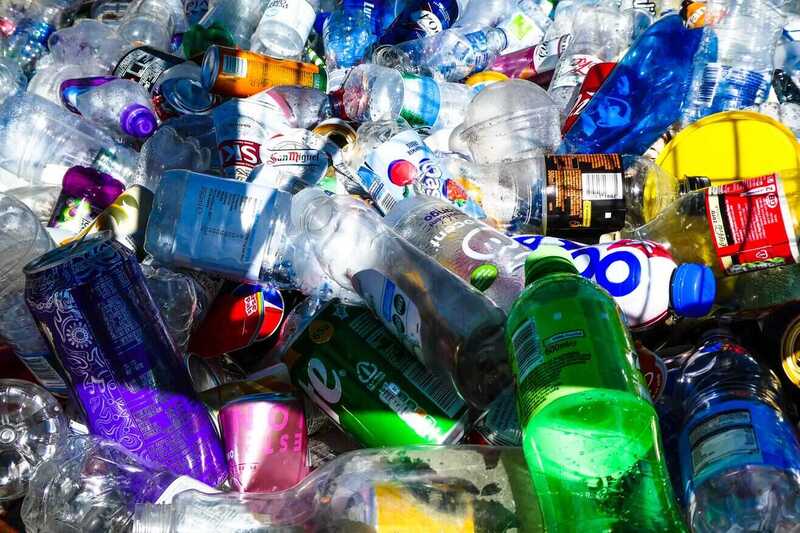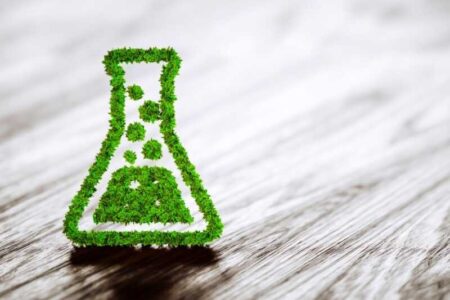Precious resources

Yesterday marked World Environment Day. Over the past five decades, the day has grown to be one of the largest global platforms to take into consideration the many efforts that protect the environment. Tens of millions of people participate online and through in-person activities, events and actions around the world.
Now in its 50th edition, the spotlight for 2023 fell on solutions to plastic pollution (#BeatPlasticPollution). Depending on where you stand, you see progress within the packaging sector is either happening at an acceptable pace or is slow despite advancements in technology and materials. What is noticeable is that single use plastic packaging is still abundant.
Plastic is amongst the most produced materials today. And with good reason: plastic products are cheap, easy to manufacture and form to a desired shape. They are also robust enough to meet requirements for numerous applications. Yet, with all these advantages we continue to weigh up the disadvantages of one of the biggest challenges of our times – its disposal.
This industry is adopting environmentally sustainable practices continually, looking at innovation to use the vast amounts of waste packaging that is already in circulation and to push for improved recycling methods.
But, it must also be the will of any government to work with business to tackle the impact that plastic pollution is having on a global scale, be that being bold with policy and being open to trying new approaches.
Where industry has its part to play is by educating current and future generations on not just what it’s doing but also what can be done to contribute to save the planet. There are so many developments occurring around plastic replacement, it’s a lot to expect consumers to know what packaging can be recycled. Clearer, better labelling, clearer messaging and simpler materials will make recycling easier.
Solutions to Plastic Pollution was the theme of the event this year and many in the industry are carrying the theme throughout their strategic approaches by not only spreading awareness but also organising action based activities by involving the supply chain.
Food and beverage companies’ sustainability efforts should be clearly communicated on their packages as well as in other ways such as a product’s website and social media. The store shelf is the perfect opportunity to tell consumers our story and save our precious resources.
- Rodney Jack, editor, Food & Drink Technology.
Keep in touch via email: rodney@bellpublishing.com Twitter: @foodanddrinktec or LinkedIn: Food & Drink Technology magazine.



